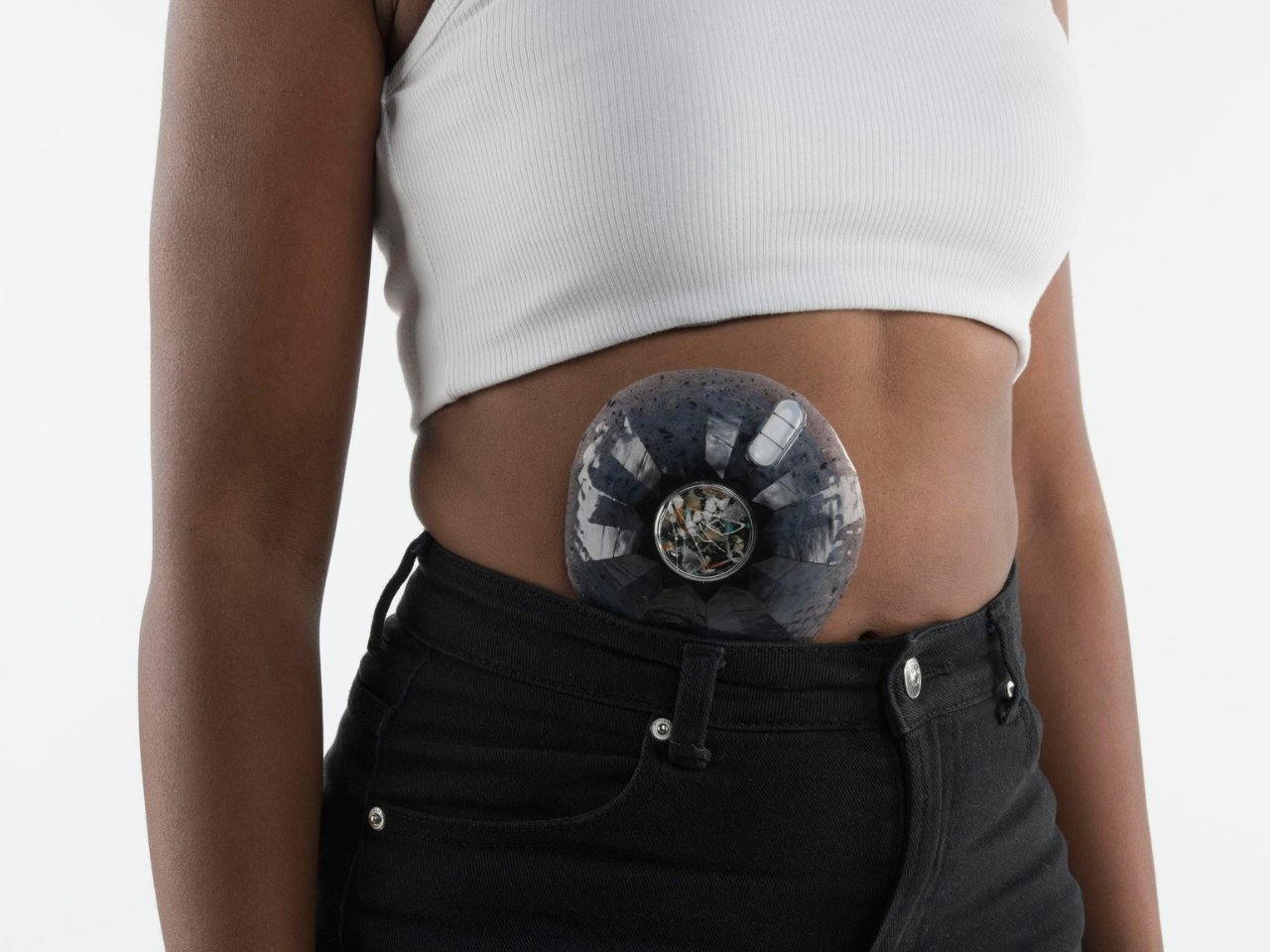Imagine a future where the plastic crisis has reached a point of no return. The year is 2110, and plastics, which were once considered a miracle material, have become an inescapable part of daily life, embedding themselves in the air we breathe, the food we eat, and even our own bodies. This is the world imagined by designer Odette Dierkx in her speculative project, The 79th Organ.
The 79th Organ is not just a piece of jewelry or wearable art; it is a thought-provoking concept set in a time when humanity faces the dire consequences of decades of unchecked plastic pollution. Despite widespread bans on single-use plastics, microplastics have permeated every level of the ecosystem. They are found in our lungs, bloodstream, brains, and even the placenta of unborn children. With health consequences ranging from birth defects and fertility issues to cancer and immune system shutdowns, the crisis is impossible to ignore.
Designer Name: Odette Dierkx
For years, governments and corporations turned a blind eye to the problem, dismissing it as an issue affecting only the marginalized or the Global South. But as the impacts started to reach the children of those in power, urgency replaced indifference. In this imagined future, the solution comes not from preventing pollution, but from adapting to it. This raises timely questions about accountability and real progress.
The 79th Organ is a synthetic organ crafted from bioengineered fungi. Inspired by scientific discoveries that certain mushrooms, like the oyster mushroom (Pleurotus ostreatus), can digest plastic, researchers in this future scenario have engineered a living detox system. Implanted into the human body, the organ draws microplastics from the bloodstream and channels them through a specialized filter lined with fungal mycelium. Enzymes released by the mycelium break down the plastics through a process called bioremediation, effectively turning the organ into a living, breathing filter against modern pollution.
Though marketed as a life-saving innovation, the 79th Organ poses a critical question: is it genuine progress, or just a band-aid hiding the deeper wound of environmental neglect and corporate irresponsibility? As the medical industry profits from treating plastic-related illnesses, the root causes of pollution remain largely unaddressed. Dierkx’s project presents the organ in different forms: a clear factory model, one used by a waste picker, and a pink customized version for a young girl. These variations serve as a reminder that the burden of pollution is not shared equally and that solutions often reflect social divides.
The 79th Organ is a powerful speculative design that challenges us to think beyond technological quick-fixes. It invites us to reconsider where responsibility lies and how we choose to confront the environmental crises of our time. Is a synthetic organ the answer, or should we be asking harder questions about how we got here in the first place?
The post The 79th Organ is a speculative glimpse into the future of microplastic detox first appeared on Yanko Design.

